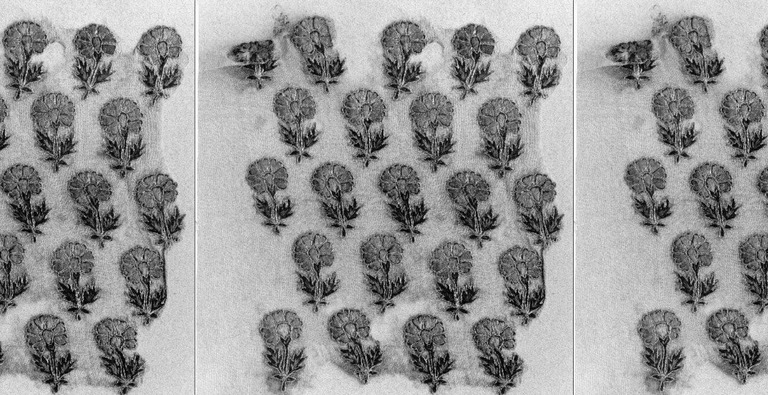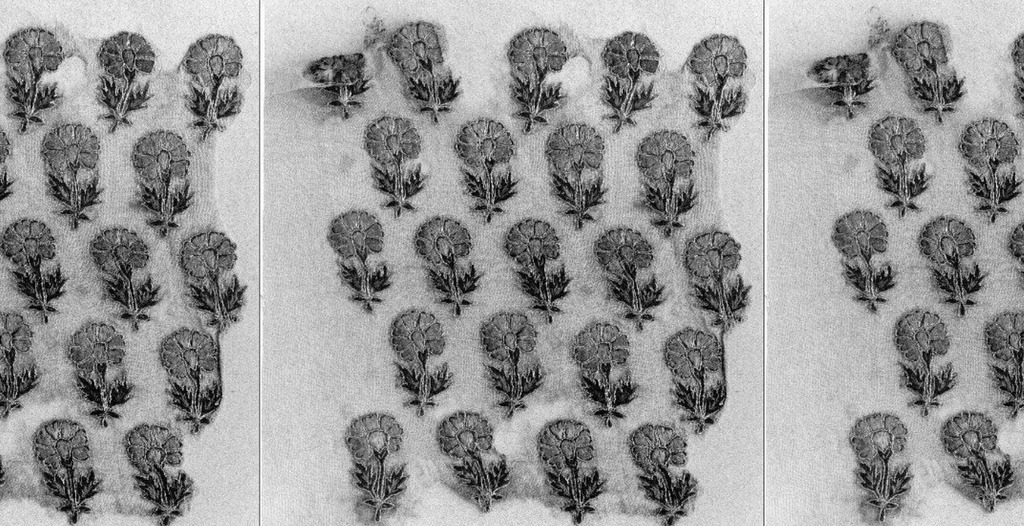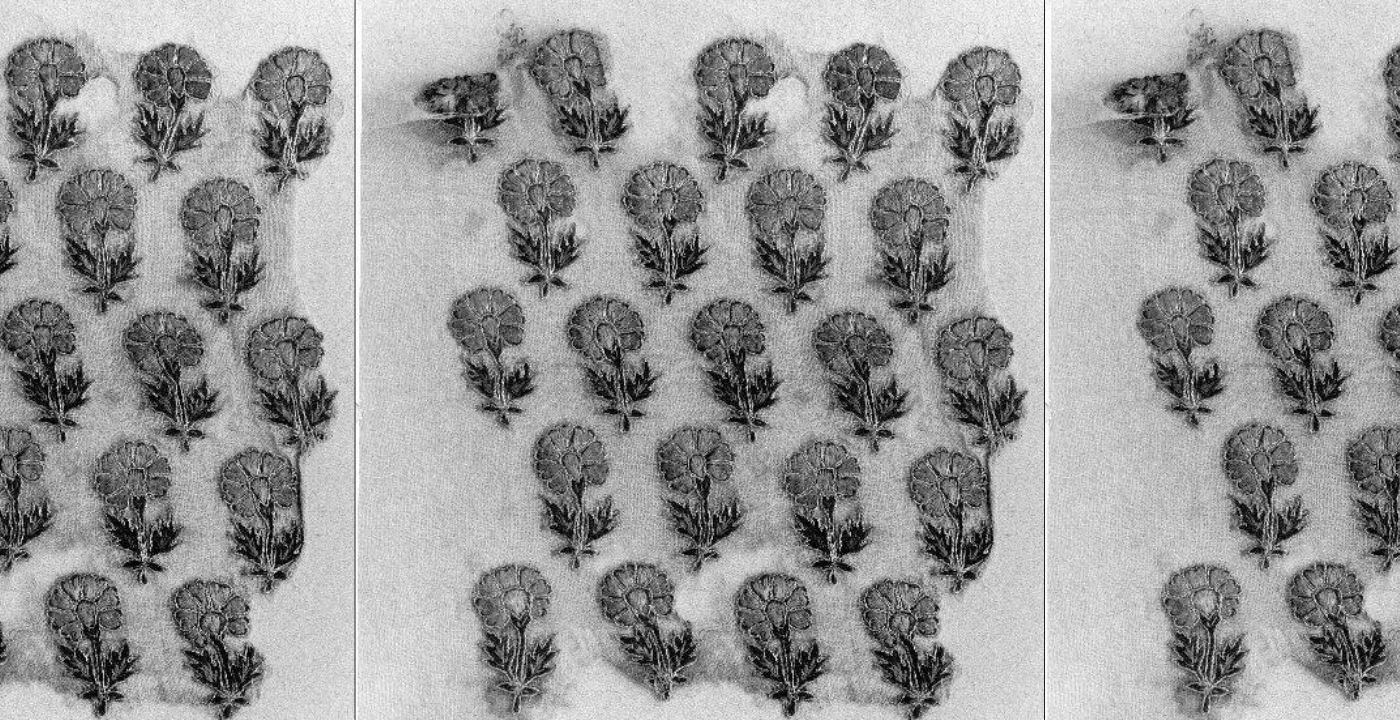Birth
Unknown.
Education
Home SchooledDeath
Unknown. Khona possibly died in Chandraketugarh, Berachampa in the state of West Bengal.
Religion
HinduismKhona was an astronomer, mathematician, mystic, and poet from ancient Bengal. What is known of her life is pieced together from legend and a collection of works compiled under her name.
Most of Khona’s predictions are published in a book called Khonar Bachan, translated as Khona’s sayings. This compilation consists of about 200 prophecies made by Khona mostly about agriculture, climate, travel and social life. This possibly contains all the surviving works of Khona.
Personal Information
Name(s)
Khona – Full name unknown. May have also been known as Lilavati as a young girl.
Date and place of birth
Nothing is clearly known about Khona’s date or place of birth. There are at least three different legends on her birth: one that she was a princess from Sinhal (modern day Sri Lanka), second that she was born in a village in current Bangladesh, or as a daughter of the famous mathematician Bhaskaracharya II in southern India.
Date and place of death
Khona possibly died in Chandraketugarh, Berachampa in the state of West Bengal.
Family, Marriage and Family Life
Since Khona’s birth is not clearly documented, it is difficult to find enough information on her family, prior to her marriage. If Khona and Lilavati are the same person, then she was born in the household of the famous mathematician Bhaskaracharya II. She could have also been born in the family of a king of Sri Lanka. Either way, Khona’s childhood was spent in the love and care of her parents, perhaps wealthy and also educated. It is Khona’s life post-marriage that is pronounced in its misery. Although it is generally believed that Khona played an active role in choosing her husband and did not marry a man simply chosen by her parents, she progressively became marginalized in her marriage due to her jealous father-in-law. Her father-in-law continued to be uncomfortable with her growing popularity as an astronomer and mathematician and in the end cut her tongue off to silence her forever. There is no mention of Khona’s children in any of her stories.
Education
Most of Khona’s formal education took place when she was at her parent’s place. She was not only talented but also received extensive training in mathematics. However, it is still unclear who her teacher or mentor was and if receiving such training in science and astronomy was common among women of that era.
Religion
Khona’s family certainly practiced Hinduism. Although there is no mention of any particular religion in Khona’s speeches, it is unlikely that they were adapted by specific groups based on religious distinctions. It is possible that people of all religions found her predictions satisfactory and useful and were not forced to alter it given their religious preferences.
less
Significance
Works/Agency
Most of Khona’s predictions are published in a book called Khonar Bachan, translated as Khona’s sayings. This compilation consists of about 200 prophecies made by Khona mostly about agriculture, climate, travel and social life. This possibly contains all the surviving works of Khona. Throughout a number of states in Eastern and North Eastern India - West Bengal, Bihar, Orissa, Tripura, Assam - and Bangladesh, this book is available, referred to and even occasionally used by diverse groups of people. Slight variations in the language and contents of the book can be seen in these different regions, but almost in all of these places Khona is credited for having composed them. It is also possible that Khona had written other texts, but none of them are available anymore.
Reputation
Khona’s natural talent in science education received a lot of attention even when she was just a little girl. So, when as an adult she once again displayed her exclusive ability in solving mathematical problems especially those related to astronomy, her reputation as an ace mathematician grew again. It is after her death, a violent and tragic one, that there has been a distinct decline in her reputation. It is interesting that while the precise nature of Khona’s prophecies were scientifically derived, she has been shunned posthumously for being a mystic and her predictions deemed as unscientific. Khona is now mostly viewed as a non-modern subject whose prophecies are products of her mysticism and cannot be brought under the folds of rational discourse.
Transformation
After her marriage, at least for the initial years, Khona did not participate in active public life. However, most legends on Khona document a transformation in her life as she started noticing how the poor villagers around her suffered from bad agricultural harvest, their inability to understand micro-climate changes and how they suffered from the consequences of illiteracy and uneducation. This prompted Khona to be of service to these poor people and she started working on protocols for better crop management, for safeguarding lives and livelihoods from floods, classifying safe travel practices and ways on building a harmonious community. Almost all of these were composed in verses for easy memorization. This transformation also marked a change in the attitude of her husband’s family towards her accomplishments. From this point onwards Khona’s talent and success was seen as a threat by her father-in-law.
Legacy and Influence
Khona is hardly remembered in modern, urban, upper class spaces in India today. It is difficult to find any reference to her work or her poems within these communities. Her legacy largely remains preserved in villages and that too probably mostly among farmers who read her poems as oracles .
In recent years however, attempts at reviving Khona’s story can be seen in some artistic performances. Mallika Sengupta, a poet and feminist activist spoke of the life of Khona in her poem “Khona’s Song”. Also, there has a been a couple of TV series in which Khona’s life and her works have been performed.
Contemporary Identifications
Scholarly readings of Khona’s maxims can be found in contemporary journals on Bangladeshi architecture, vernacular practices and more recently some poets have composed poems on the violence in Khona’s life, especially the severance of her tongue.
Networks
There has been scant interest in critical readings of Khona’s poems in India so far. The lack of biographical evidence on Khona’s life also makes it difficult to speak of Khona with any authenticity.
less
Controversies
Controversy
It is not possible to record Khona’s life apart from legends and the collection of works compiled under her name, specifically the ones in which she has named herself as the author. According to these stories, Khona was subjected to domestic violence by her husband and father-in-law due to her achievements in astronomy and mathematics. As a result of this, Khona’s tongue was severed by her father-in-law. Yet nothing is known if her husband and father-in-law received any support for their action or if they were ever tried in a court of law.
Feminism/Social Activism
Khona is remembered as a strong woman who had to be unduly silenced by the male members of her family. Even though very little information is available on her life, she is known for her resilience and confidence against patriarchy.
less
Bibliography
Primary
Khonar Bachan (Book in Bengali)
Archival resources
Bengali Folk Rhymes: An Introduction (Syed Mohd. Shahed, 1993): https://www.jstor.org/stable/1178454?seq=1
The Maxims of Khona: A contextual study of sustainability over vernacular architectural practice of Bangladesh: https://www.academia.edu/10026078/The_Maxims_of_Khona_A_contextual_study_of_sustainability_over_vernacular_architectural_practice_of_Bangladesh (The paper is available for download + for reading online at this link)
Myth Breaker: Agriculture and Women in Ancient India: https://prachodayat.in/myth-breaker-agriculture-women-ancient-india/
Web resources
Basic bio outline: https://en.wikipedia.org/wiki/Khana_(poet)
The Value of ‘Khona’s Parables’ in Bengali folklore: https://dailyasianage.com/news/66423/value-of-khonas-parables-in-bengali-folklore
Khona’s tongue: https://www.thehindu.com/todays-paper/tp-features/tp-sundaymagazine/Khonarsquos-tongue/article15401348.ece
Ancient India’s Liberated Women: In classical times India was more egalitarian than the West- at least in women’s education: https://timesofindia.indiatimes.com/blogs/toi-edit-page/ancient-indias-liberated-women-in-classical-times-india-was-more-egalitarian-than-the-west-at-least-in-womens-education/
The Hour of the Goddess: Memories of Women, Food, and Ritual in Bengal (Chitrita Banerjee) (Pp 39-43 (“A dose of bitters”): Google books link:
https://books.google.co.in/books?id



Comment
Your message was sent successfully